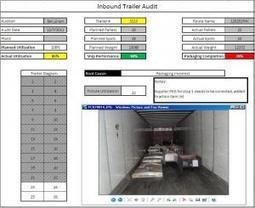Dec 21 2011
Bridgestone Holds Its Second Bridgestone Global TQM Conference
Via Scoop.it – lean manufacturing
Bridgestone, the company that gave us Hoshin Planning, has a philosophy called “The Bridgestone Essence” and involves employees in improvement as part of TQM.
Via www.4-traders.com





Dec 21 2011
Cellular manufacturing at Loral Space
Via Scoop.it – lean manufacturing
Loral uses cells to improve productivity in making satellites.
Via www.industryweek.com
Share this:
Like this:
By Michel Baudin • Press clippings 0 • Tags: Cellular manufacturing, Lean manufacturing